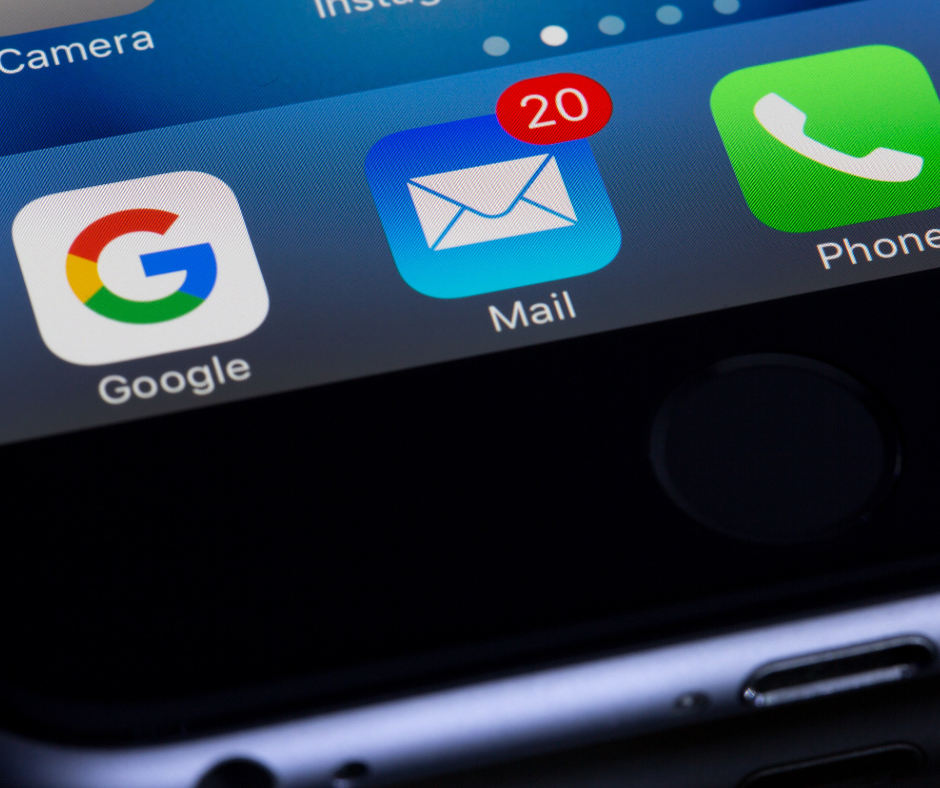One mistake many people make when creating their email sequences is that they forget to prime the line. Unless people are intimately aware of the problem you’re solving, you’ll need to introduce them to (a) the problem and (b) what hurdles that problem creates for them.
Create an education email sequence specifically designed to establish a problem mindset and prime the line for the reader. That means, for the full duration of that email sequence, the problem your prospects are facing is first and foremost on their minds.
When your recipient reads each email, they’ll be thinking more and more about the problems they face in their own day-to-day lives. By the time you offer something for sale, your prospects are practically begging for a solution.
Ok, that’s all a bit of wishful thinking, but never-the-less, they will at the very least be thinking about it so much that there comes a point where they have to take action.
Once you’ve established your educational email sequences and people receive a few emails that deliver great content, only then can you finally offer something for sale.
This is where the lion’s share of sales will come. HOWEVER, Not everyone will buy right then and there. And it’s totally OK if you don’t make a sale on your first try, or even your second or your third.
If you’re presenting high-quality educational content then you’ll be creating fans who have the potential to turn into buyers later. Don’t neglect these people! I often see businesses completely stop caring about people who didn’t buy the first time. That’s a huge mistake.
In fact, for cold traffic, your lead value will generally see a huge jump after the 30 or 60-day point. It takes around seven touchpoints of communication for someone to be convinced that what you’re selling is the real deal – and those are usually the people who are going to be your best customers in the long term.
The overall message of your sales sequence should be solving the problem that you primed the line within your educational sequence. You’re letting your readers know that you have the exact solution they need.
Don’t focus so much on the features or flashy bits of your market. Make sure you stay focused on solving their problem and you’ll have a much easier time converting prospects into customers.
One great way to do this is to hammer home the benefits your solution provides and then explain HOW it will impact them. Paint an enticing picture of them using your products/services and then having their problem solved, once-and-for-all.
The more you do this with each email, the better.


